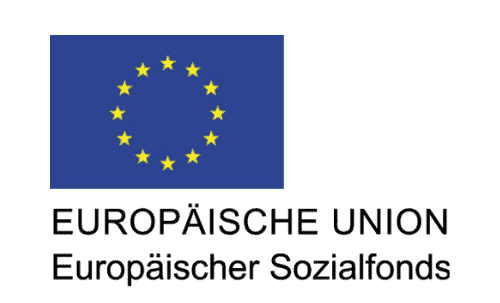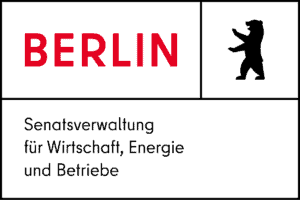Wastewater is our resource
We generate energy from sludge in a climate-neutral way. In this way, wastewater treatment plants become power plants and keep freshwater circulating worldwide.
From problem to solution
The path to 100% wastewater treatment worldwide

Distribution problem
3% of all water on our planet is fresh water. The amount remains the same, yet droughts are worsening as a result of pollution and the climate crisis. The reason is the unequal distribution.
Wastewater as a resource
Wherever people live, wastewater is produced. We see this not as a waste product but as a resource. Through wastewater treatment, a well-known and well-understood process, pollution can be prevented and purified freshwater can be kept in circulation for us humans.
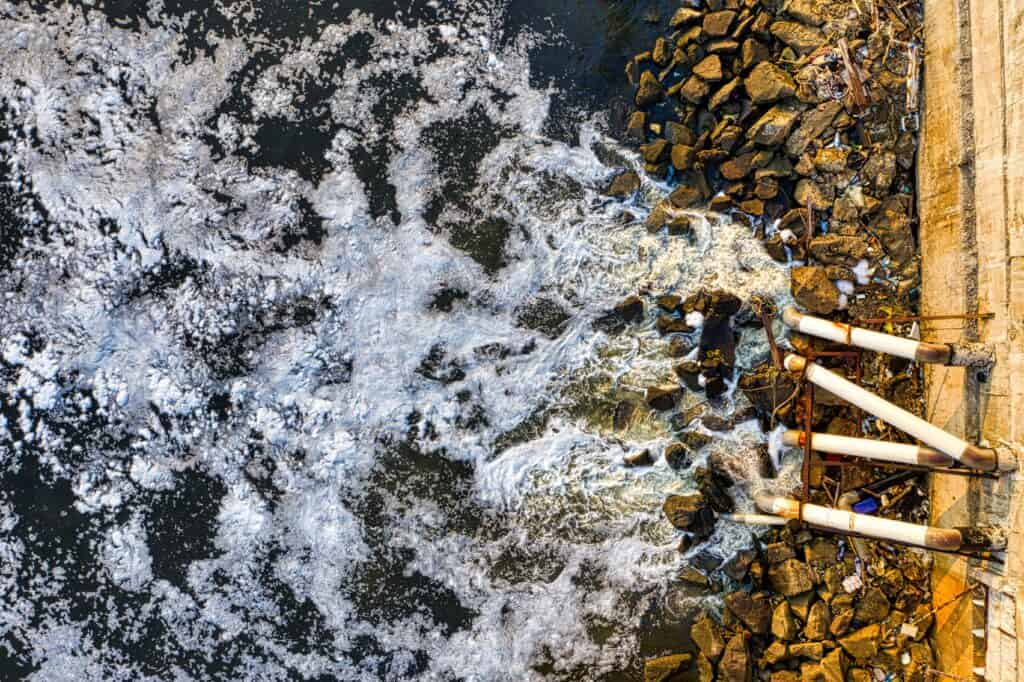
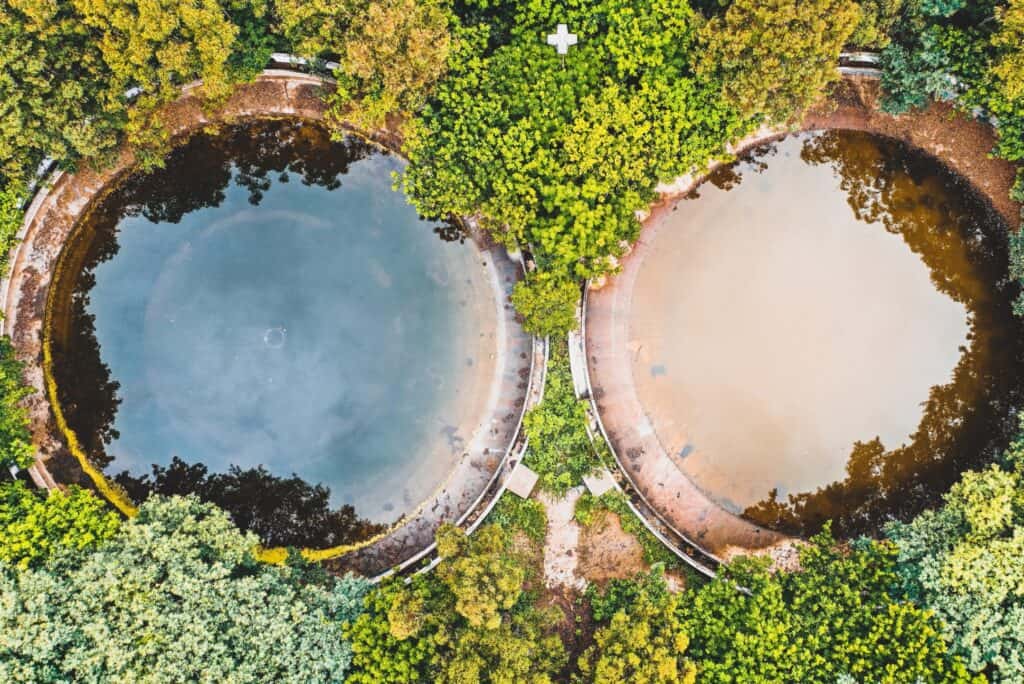
Economic incentive for wastewater treatment
In Germany, 95% of wastewater is treated. Worldwide, however, this rate is only 20%. The reason for this is the enormous energy requirement and the associated high operating costs, which make it impossible to operate wastewater treatment plants economically. Wastewater treatment plants that have already been built are at a standstill in many places around the world. As a result, water is mainly purified where it is required by law.
Sewage sludge as a sustainable energy source
The sludge produced by a wastewater treatment plant contains more energy than is needed to treat the wastewater. For small sewage treatment plants, however, there is no mature technology available to exploit this potential. We want to change this with Shit2Power and thus create a lever so that the amount of treated wastewater increases significantly worldwide.
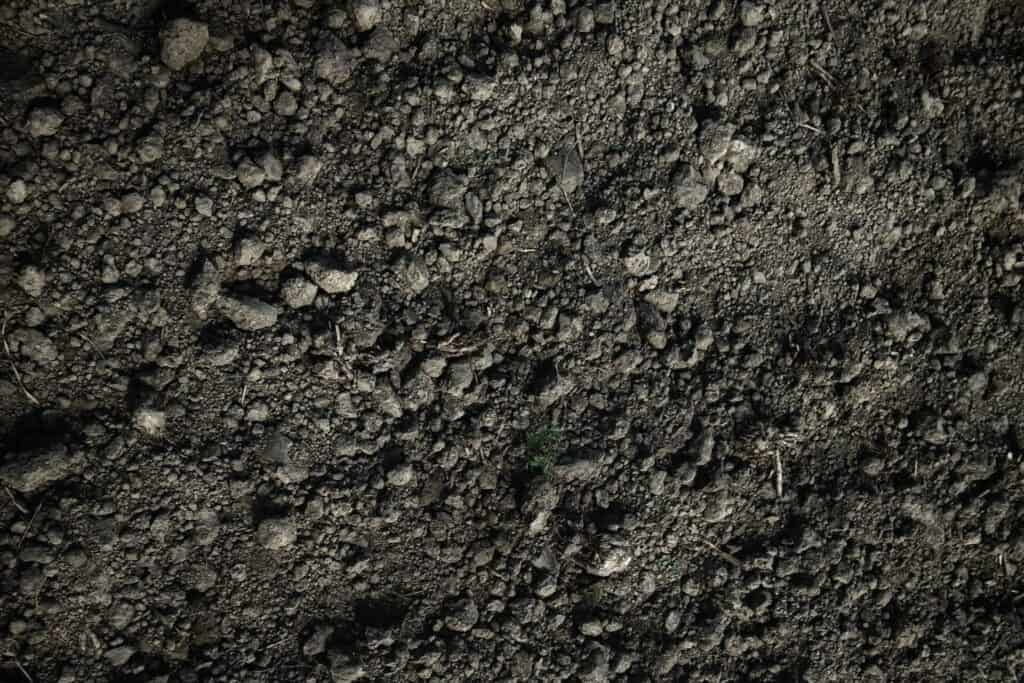
Comrades-in-arms wanted
We are looking for innovative municipalities, wastewater treatment plants, mayors who want to accompany us and are interested in using the system before it is fully developed.
Sewage plant
We analyze sludge samples and are hungry for more.
A few liters of your samples help us to better understand what is going on in your (sewage) sludge and how we can optimally extract the energetic potential with our plant.
Just send us your contact details and the EW of your wastewater treatment plant.
Citizen
As a citizen, you are of course a wastewater producer.
Thank you for your energy! With a contact to your local sewage plant or mayor you help us to get more sludge samples. And don’t worry, we will take care of the sludge.
Send us the name of your sewage plant or mayor.
Sustainability is the solution
We support the German government's sustainability goals and measure our impact against the UN Sustainable Development Goals
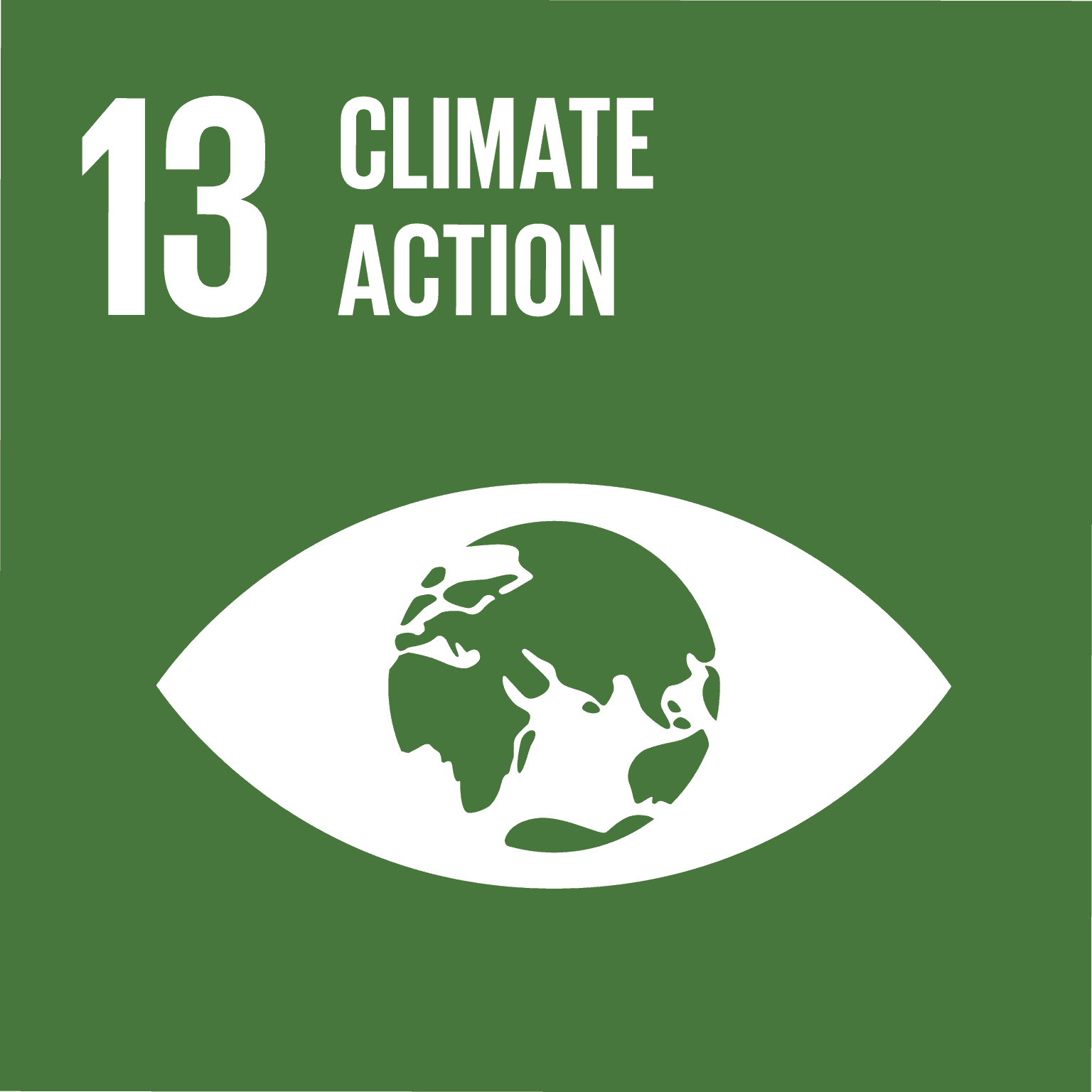
Climate protection measures
According to the Intergovernmental Panel on Climate Change report, global warming of 1.5°C will be reached as early as 2030. To reduce greenhouse gas emissions, 80 percent of energy requirements in Germany are to be covered by renewable resources by 2030. The reduction of emissions is a central part of our corporate planning. Per container plant of Shit2Power and the associated generation of electrical energy from renewable resources as well as the elimination of transport routes for sewage sludge disposal, 170 t CO2 can be saved annually. Thus, Shit2Power actively contributes to climate protection within the framework of SDG 13.

Sustainable cities and communities
The modular design of the Shit2Power container plants and the software-optimized maintenance extend the service life of the plant. In the sense of SDG 11 “Sustainable Cities and Communities”, resources are saved and local material and energy cycles are closed.

Clean water and sanitation
Shit2Power supports wastewater treatment plants on their way to economic operation. As a result, the energy supply of wastewater treatment plants is no longer dependent on existing infrastructure. Thus, Shit2Power provides an incentive for the construction of new plants worldwide as well as for the commissioning of idle plants. In this way, Shit2Power contributes to the availability and sustainable management of water and sanitation within the framework of SDG 6. As a consequence, environmental damage from wastewater pollution is reduced and access to clean water is expanded.




